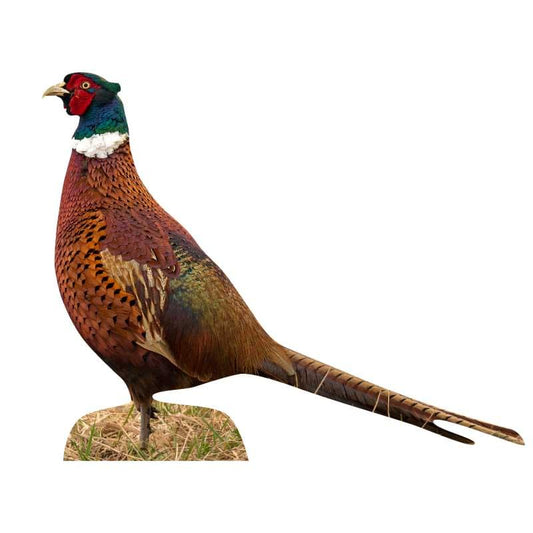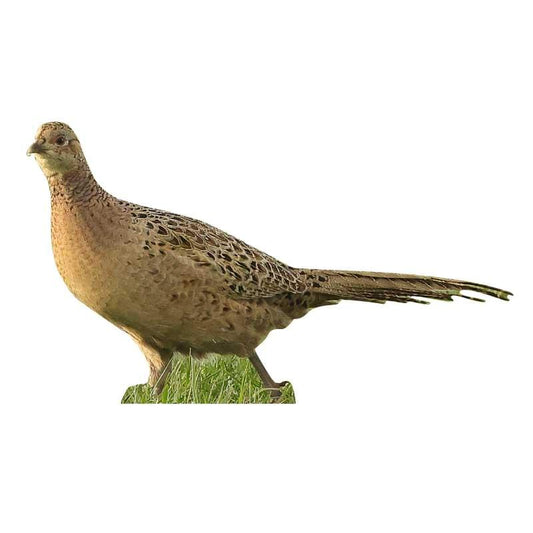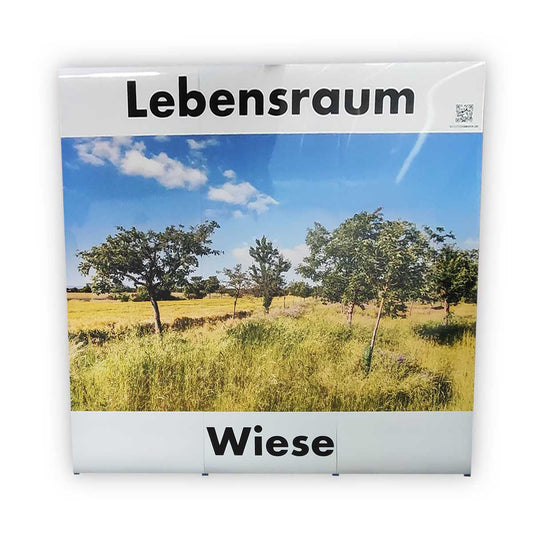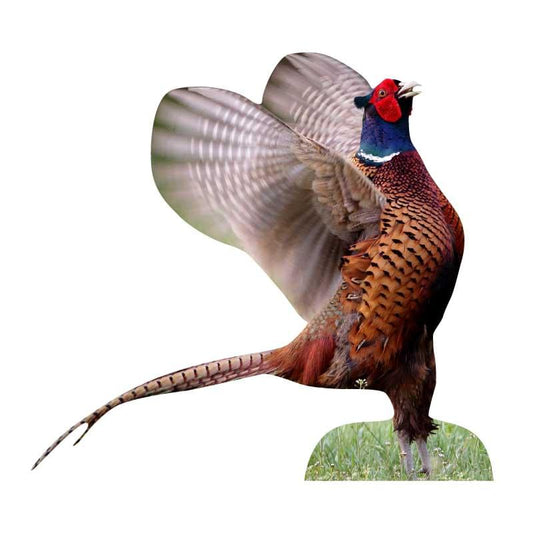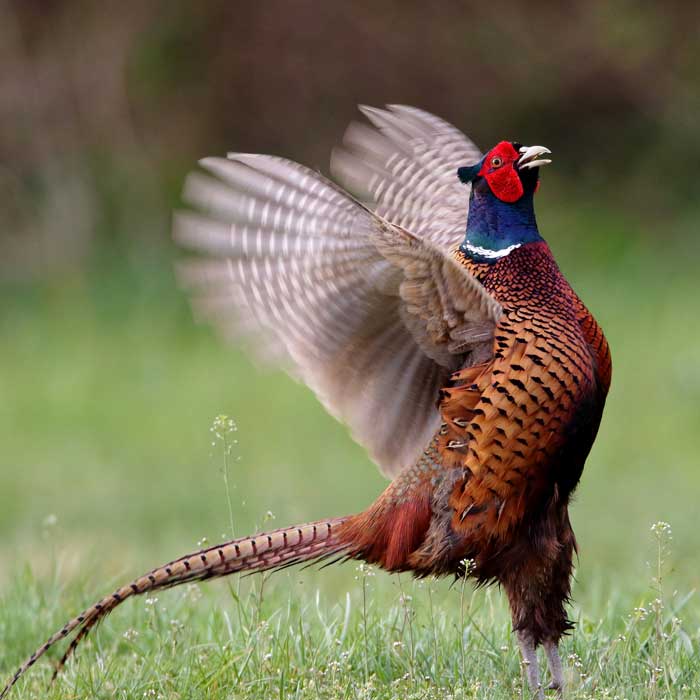
pheasant
A popular game bird for hunting and often found in cultivated landscapes, the pheasant plays an important role in the ecosystem as a seed disperser and food source for predators. This fact sheet provides a detailed overview of the biology and ecology of the pheasant and highlights the importance of protecting its habitats and sustainable management.
pheasant Products
-
Animal display pheasant rooster - standing
1 reviewRegular price From 39,90€Regular priceUnit price / per -
Animal display pheasant hen
No reviewsRegular price From 29,90€Regular priceUnit price / per -
Animal display pheasant hen - outdoor set
No reviewsRegular price 37,70€Regular priceUnit price / per -
Animal display pheasant cock - standing - outdoor set
No reviewsRegular price 47,70€Regular priceUnit price / per -
Pop-Up Wall "Forest Habitat"
No reviewsRegular price 300,00€Regular priceUnit price / per -
Pop-Up Wall "Forest Habitat"
No reviewsRegular price From 1.200,00€Regular priceUnit price / per -
Animal display pheasant cock - flapping wings - outdoor set
No reviewsRegular price 47,70€Regular priceUnit price / per -
Animal display pheasant rooster - flapping wings
No reviewsRegular price From 39,90€Regular priceUnit price / per
Profile: pheasant
-
Scientific classification
- Class: Aves (birds)
- Order: Galliformes (gallinaceous birds)
- Family: Phasianidae (Pheasants)
- Genus: Phasianus
- Species: P. colchicus (Ring-necked pheasant)
-
Physical characteristics
- Size: Body length of 60-90 cm
- Weight: 0.5-2.5 kg, depending on gender and subspecies
- Special features: Long-tailed bird with a strong beak and long legs; males have striking plumage with bright colors and long tail feathers, while females are usually more muted in color.
-
Habitat and distribution
- Common regions: Europe, Asia, North America, introduced in other parts of the world
- Habitat: Diverse, from open fields and meadows to forest clearings and river banks; prefers regions with adequate cover and food.
-
Nutrition
- Diet: Omnivorous, with predominantly plant-based food
- Typical food: seeds, grains, berries, insects, small vertebrates
-
Reproduction and lifestyle
- Mating season: spring to summer
- Incubation period: Approx. 23-24 days
- Clutch size: 8-12 eggs per clutch
- Brood care: Females breed alone, males defend territory
- Social structure: Often in small groups, especially outside the breeding season.
-
Lifespan and protection status
- Life expectancy: Up to 5 years in the wild
- Endangered status: Least concern; however, threatened in some areas by habitat loss and hunting.
- Conservation measures: conservation and protection of habitats, regulation of hunting, breeding and release of pheasants to support populations.

